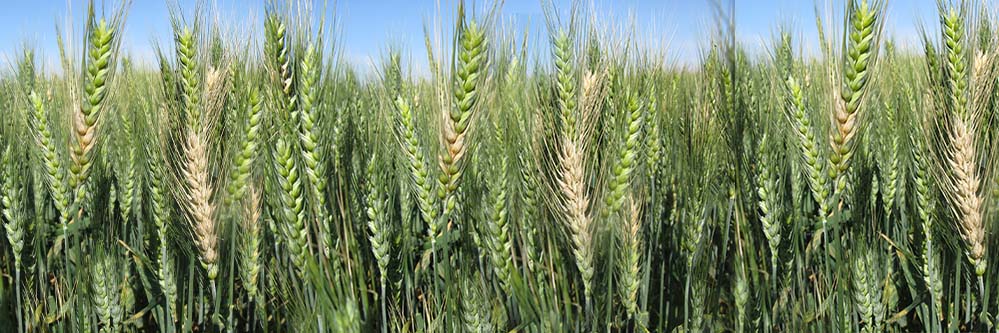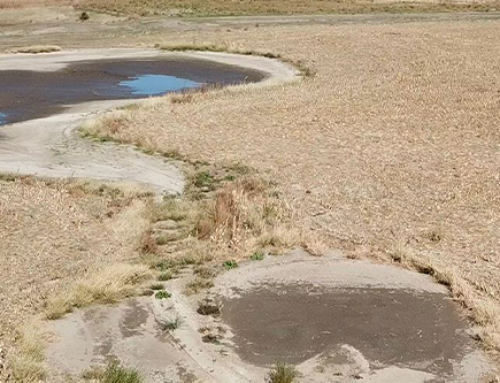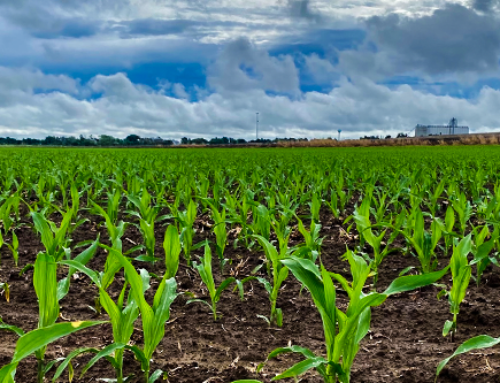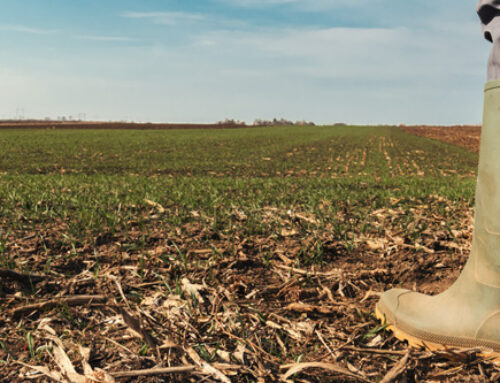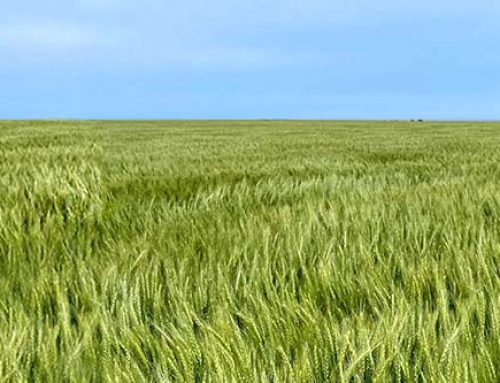Fusarium Head Blight, commonly known as Head Scab, is one of the most common and economically important diseases in wheat production in North America. Head scab is caused by a fungal pathogen that can overwinter on infected crop residue and cause significant yield losses in a field if not managed correctly. The fungus produces spores in warm, humid conditions and can spread over large distances in high wind which can be quite typical for spring in the southern great plains. Although the disease can blow in from neighboring fields, planting into corn or wheat residue that was previously infected can cause more significant infection.
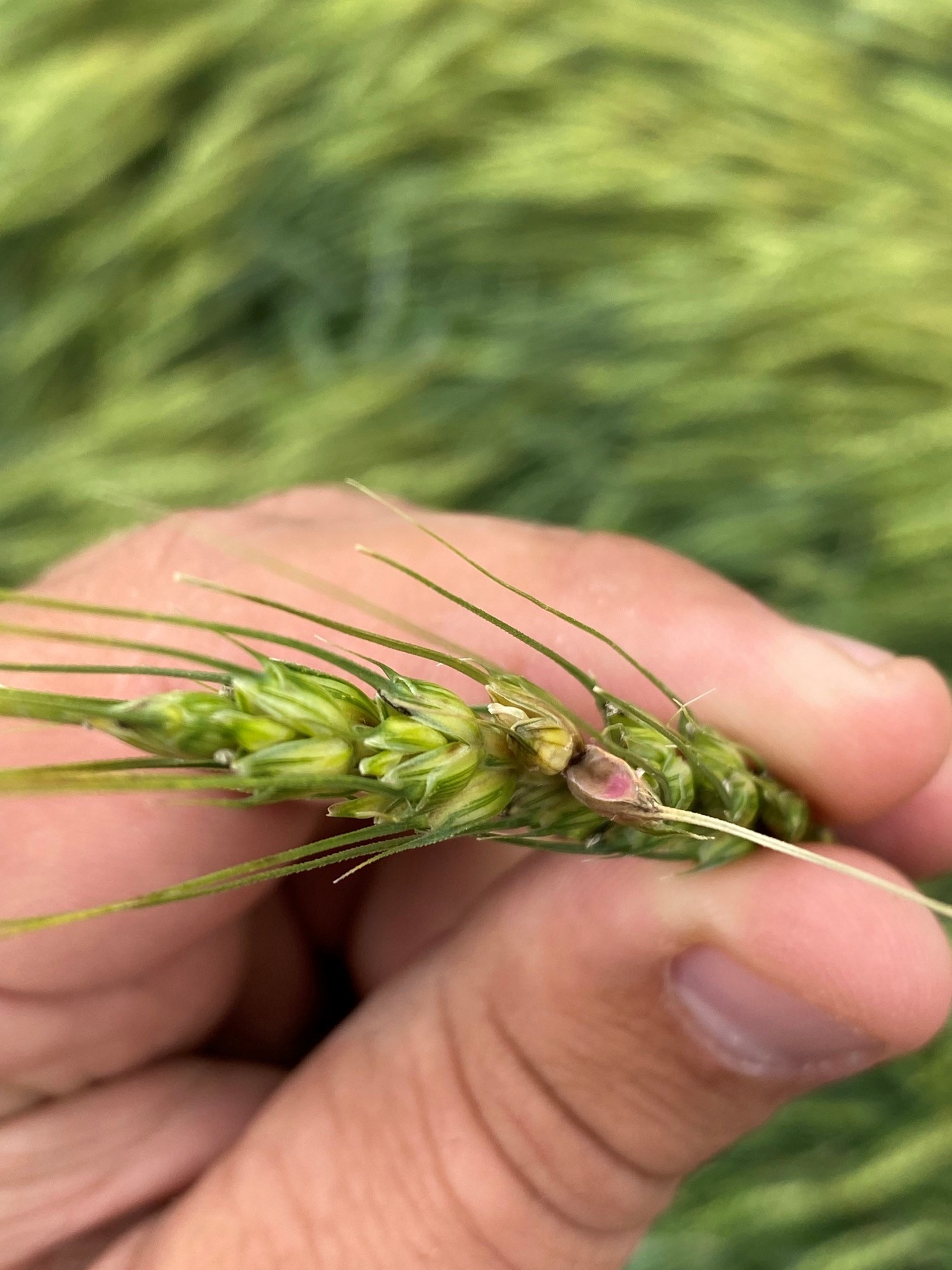
Early stage of head scab in wheat.
Wheat is most susceptible to infection between early flowering and soft dough stages. If flowers are infected immediately after emergence, no kernel will develop. In later stages, developed kernels will appear shriveled, light and off-colored, and will not produce viable seed. The earliest visual symptom will be bleaching of the infected spikelet where uninfected or lesser infected parts of the head will remain green. Infected grain often also contains mycotoxins, which are potentially harmful to human and livestock consumption. High mycotoxin loads in grain can result in dockages or, in severe cases, loads of grain can be rejected entirely.
There are a variety of methods that can be used to mitigate the effects of head scab. Different wheat varieties have varying levels of resistance (susceptible, moderately-susceptible, and resistant). Planting a resistant variety does not necessarily prevent infection but can significantly reduce the level of mycotoxin present in contaminated grain. The fungus grows and overwinters well on corn stalks, so tillage prior to drilling can help bury infected residue and reduce risk of infection. Burning corn stalks can also help, but conditions for controlled burning can be challenging in some areas. This makes managing head scab in no-till or minimum till operations a challenge. Fungicidal seed treatments can be helpful in improving germination rates on infected seed but will not necessarily prevent infection in the spring.
Proper planning and scouting in the spring are a crucial element in preventing major losses to head scab. Application of a triazole fungicide within 5-7 days of the beginning of the flowering period can help significantly reduce pressure. If conditions for development are favorable, a strobulurin containing fungicide should not be used, as they have been shown to cause an increase in mycotoxin content in infected grain.
If a field becomes infected, adjusting your combine to discard shriveled and damaged seed can help reduce mycotoxin loads although some yield loss is to be expected. If possible, store contaminated grain separate from non-contaminated grain to reduce chances of mold. Properly cleaning seed can also help remove damaged, non-viable seeds, but seeds that appear “normal” to the naked eye can still be infected and cause a reduction in germination rates.
Article Written By: Brooke Zimmer
